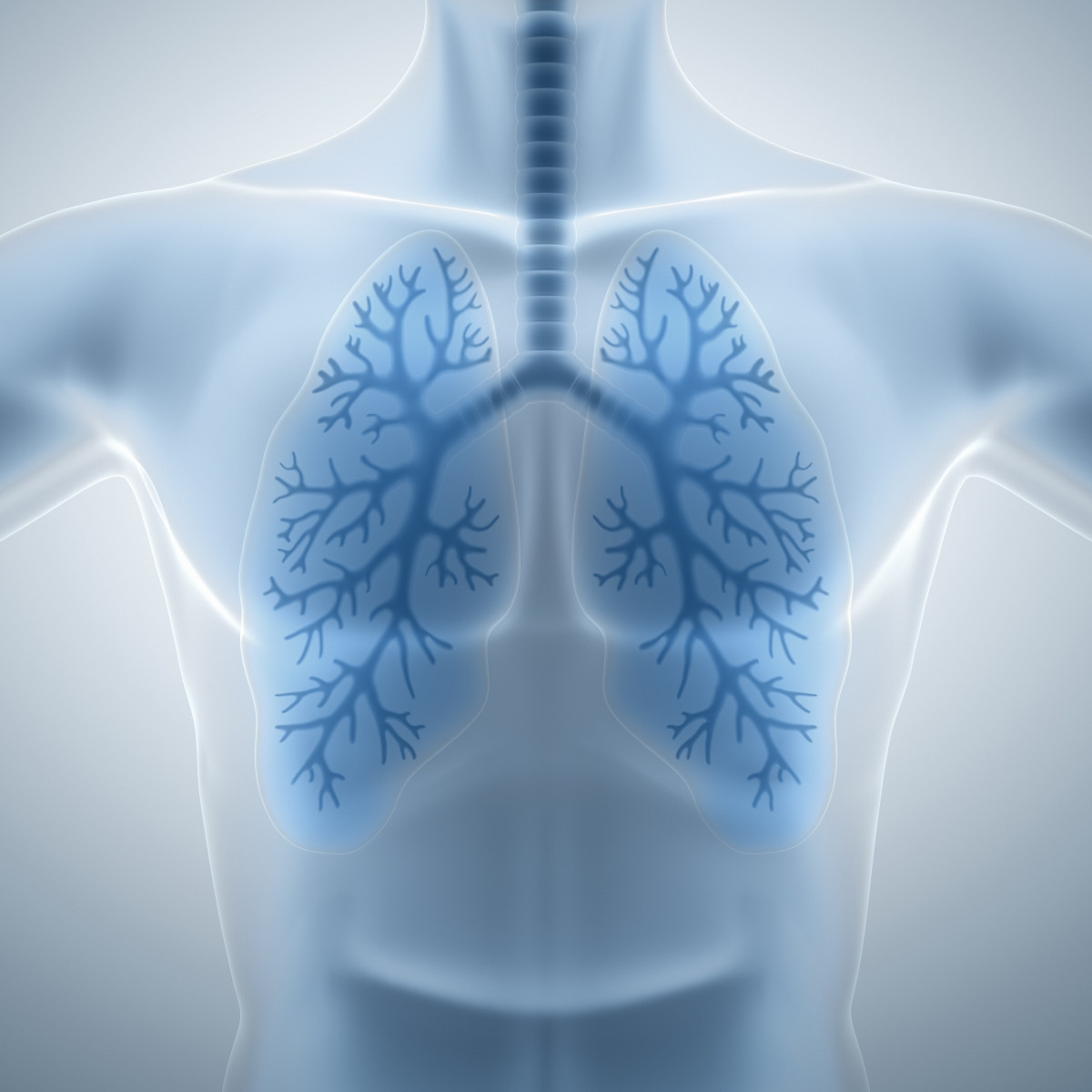Lungs Grown in Yale Lab Have Potential for Patients with CF, Other Chronic Lung Diseases
Written by |

Shutterstock
Lung transplants are the ultimate therapeutic strategy for many people with cystic fibrosis (CF) and other chronic lung diseases, but they are scarce due to the severe shortage of donor organs, which currently is the only way of obtaining a lung.
Research in the lab of Laura Niklason, MD, PhD, at Yale University, is trying to solve this shortage by understanding and using the laws underlying lung regeneration to create lungs in the lab.
“It’s an exciting time to be working in lung regeneration,” Niklason said in a Yale press release written by Jenny Blair. Niklason is the Nicholas M. Greene professor of anesthesiology and a professor of biomedical engineering at Yale.
“Our understanding of how the lung is put together is growing very rapidly right now,” Niklason said.
Lungs are delicate organs, as shown by the low rate of success — only 15% — when harvested from deceased people, a clear contrast to the 88% success rate for kidneys removed from deceased donors.
Moreover, they are highly susceptible to damage — patients from which lungs are harvested often linger on ventilators — and need to be transplanted within hours. Another shortcoming is the need for transplanted patients to undergo a lifetime of immunosuppressive therapies to prevent them from rejecting the donor organs.
Join the Cystic Fibrosis News Today forums: an online community especially for patients with CF.
Niklason’s team is trying to generate lungs in the lab. They do this by using a harvested lung as a scaffold, after removing all of the cells that do the exchange of oxygen and carbon dioxide, while leaving the lung’s “skeleton,” or matrix, with its proteins.
These are key components for establishing a new lung because they contain the cues that will dictate the fate and location of the hundreds of millions of new cells that researchers will introduce to the scaffold to create new airways and blood vessel linings.
“There are [ZIP codes] that are built into the matrix of the lung,” said Micha Sam Raredon, an MD/PhD candidate in Niklason’s lab. “If you seed a homogenous set of cells … depending on where they fall on the scaffold, they’re going to get site-specific cues that can push them toward a certain phenotype,” Raredon said.
“Getting the cells there, physically getting them there, is much easier. Getting them to behave and to do what you want them to do — that’s the tricky part,” Niklason said.
The new lungs are then grown in glass jars-like factories, called bioreactors, filled with tubes, and where lungs are suspended in a fluid that moves at a controlled speed around them. A set of tubes supply fluid into the lung’s vascular system — mimicking the blood being pumped by the heart — while another set of tubes carry the fluid away to receive oxygen, as would happen in the placenta. This set-up is mimicking the embryonic development of the lungs.
“Proper breathing motion is certainly critical for actually getting our lungs to form and getting the cells to differentiate the way they should,” said Niklason. “We’re mimicking the embryonic state of lung development.”
“It looks exactly like what you’re picturing,” Raredon added. “They’re these pulsing organs in a glass jar that we’re keeping alive.”
Researchers tested this technique in lungs from adult rats. After removing the cells of the animal’s lungs, they used a bioreactor to reintroduce the cells that would make the lung tissues and blood vessels. The lungs grown in the lab were similar to live lungs and, once implanted into rats, the engineered lungs were able to participate, although for short intervals, in gas exchange.
The results of this seminal work were published in 2010 in the journal Science in a study titled, “Tissue-Engineered Lungs for in Vivo Implantation.”
These findings, although in their early research stages, show this a potential strategy for future patients burdened with CF and other chronic lung diseases.
The first studies testing implants in humans from lab-grown lungs still might take 15 to 20 years, according to Niklason’s estimates.
“It’s a hard problem and it’s a several-decade problem, and you need a lot of people and a lot of resources to try to tackle it,” she said. “I tell everybody, ‘I hope to do this before I die.’”






